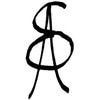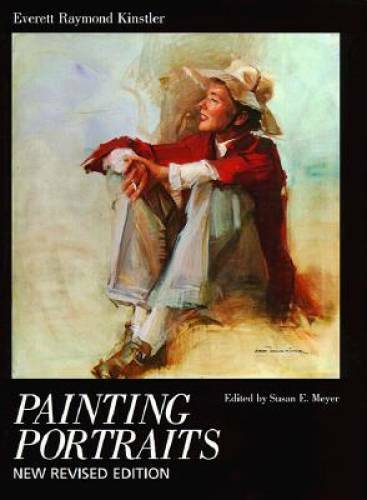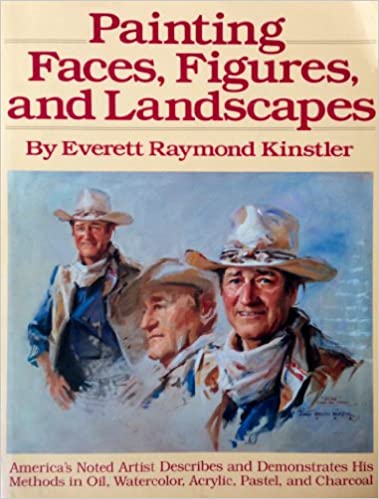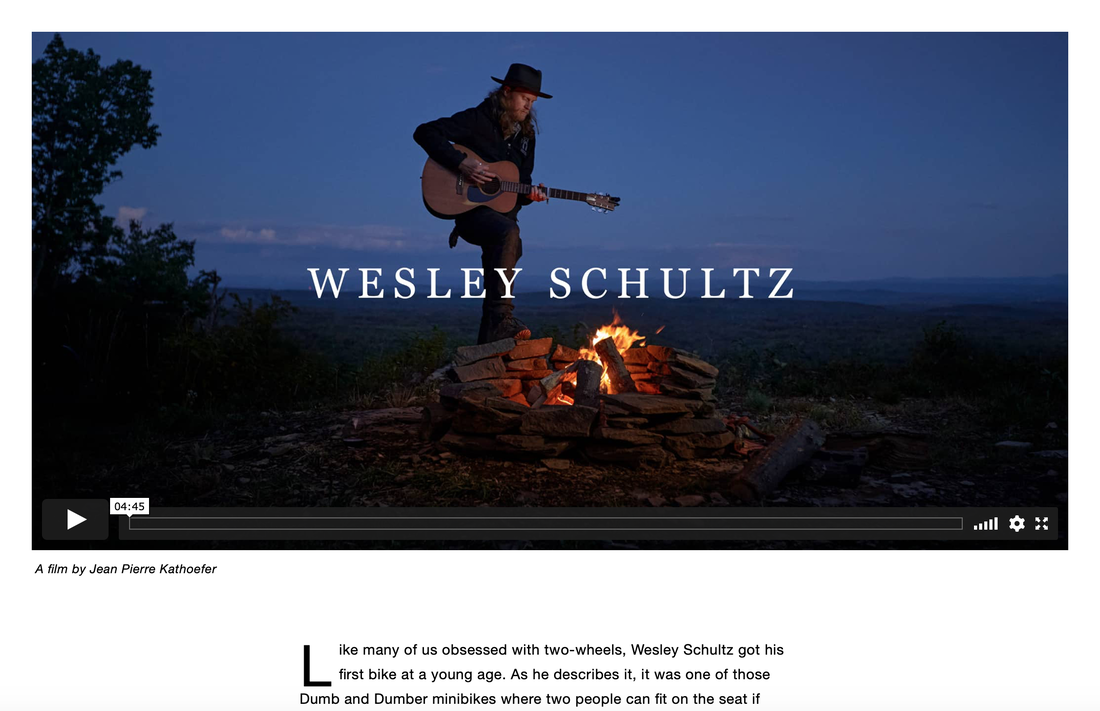|
I'm very happy to share a review of these two books by Everett Raymond Kinstler. Although I never got to meet Mr. Kinstler in person, I had the privilege of sharing email correspondences with him over the course of a few years. His emails were always filled with encouragement and thoughtful critiques of my work.
For Christmas this year, I received both of these books as presents. I'll start by discussing Painting Portraits, published by Watson-Guptill in 1987. The book is 144 pages and has high quality illustrations of Mr. Kinstler's work. I was very excited to read this book and it did not disappoint. For anyone who's interested in portraiture, I now consider this book a must-read. What I like about it is that it has really practical information as well as information about mindsets and philosophies of making art. There's also information about Mr. Kinstler's history and the way he started doing portraits, which was fascinating. Mr. Kinstler's process and materials are also covered, which prompted me to add and remove a few colors from my own palette. It doesn't feel like reading a typical art instruction book because it has a nice narrative flow to it. I really can't find any faults with this book and will enjoy re-reading it at other points in my life. Painting Faces, Figures and Landscapes, was also published by Watson-Guptill, but in 1981. It's 143 pages and also has faithful illustrations. I would recommend this book for anyone who is more of a fan of Mr. Kinstler's work and more interested in his personal history. Painting Faces, Figures and Landscapes includes technical information, including demonstrations and his materials list, but Painting Portraits has more information about the practical nuts and bolts of painting. Since I'm also a watercolor painter myself, I enjoyed Painting Faces, Figures and Landscapes because it shows Mr. Kinstler's watercolor and drawing methods, which are not included in Painting Portraits. If you're interested in watercolor and drawing materials and techniques then keep this in mind. Mr. Kinstler is a wonderful writer and his sense of humor gives these books a light-hearted feeling which I thoroughly enjoyed. Like many great art instruction books, this book will satisfy you if you're a beginner or advanced. Both of these books are very reasonably priced and I guarantee that you'll find them very useful, inspirational and worth reading.
0 Comments
I just read this awesome article about the singer of The Lumineers, Wesley Shultz, and his thoughts on motorcycles and music. I'm a big fan of their music and it's interesting that Shultz grew up in Ramsey, N.J., close to where I live and grew up. As an artist, I completely agree with the connection between motorcycles and the genesis of ideas. There's something meditative about riding that cultivates creativity. This article was sent to me in the Triumph newsletter which always has great content. Click on the image below to read the article and to watch the video. "'I’ve been riding anytime it’s a clear day. It’s become a catalyst for coming up with lyrics and melodies. You feel like you have this hit of dopamine, but you have to be ready to react quickly. You can’t be on your phone. You can’t be anywhere else in your mind.'” |
Archives
July 2024
Categories
All
|




 RSS Feed
RSS Feed